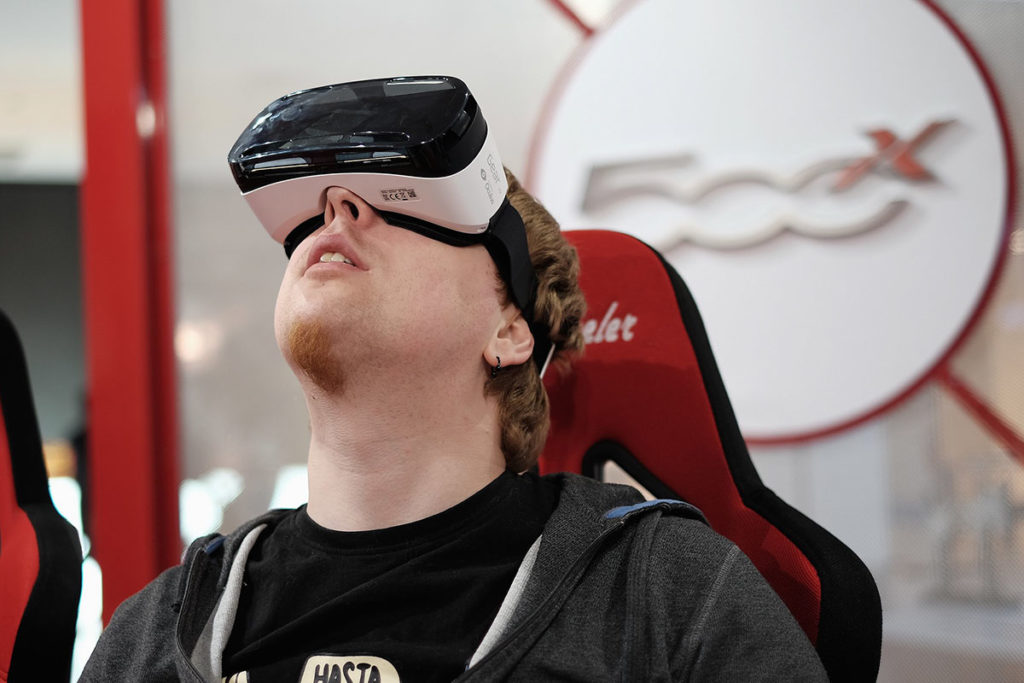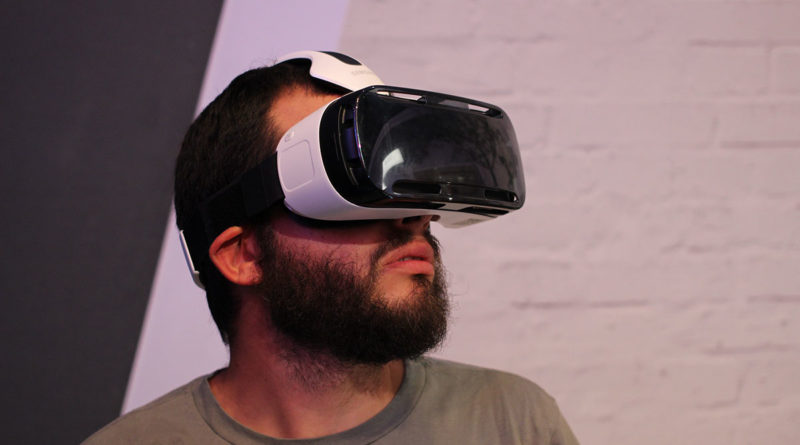How Virtual Reality Is Disrupting the Gaming Industry
photo credit: Samsung Gear VR” (CC BY 2.0) by pestoverde
Virtual reality was once the pipedream of science-fiction writers. When technology caught up with the possibilities of VR it was, at first, simplistic and expensive to manufacture and deliver. Now, with the computer power available to game developers alongside affordable hardware, virtual reality is delivering on its promise to offer an authentic 360-degree virtual environment that gamers can enjoy in their own home.
The possibilities of VR were underlined by the popularity of Pokemon Go. Its use of augmented reality (AR) showcased the immersive possibilities of how everyday technology such as smartphones can impact real life. The game became a pop culture phenomenon through its combination of competitive play, the existing popularity of the characters, and its fluid interaction with our day-to-day lives.
Those possibilities have started to emerge on a significant scale in VR. From Google’s cardboard VR viewers at under £10 to the Oculus Rift at around £350, the potential of virtual reality is clear. Principally, when you don a VR headset you get to enjoy a unique personal gaming environment. It’s a new experience that is distinguished from any previous interaction between player and game.
While gaming won’t be VR’s only route to commercial growth, it is providing this form of interaction with its first mainstream success. That’s why it’s having a profound impact on the industry, with video game developers scrambling to align it with the other forms of increasingly affordable technology that are reaching people’s homes.

VR and Innovation
That is resulting in more innovation. The hugely successful League of Legends, for instance, has recently implemented an immersive 360-degree VR arena mode. That provides current players with a new way to play while encouraging new ones to explore, which breeds interactivity between players, too. It’s as if players are playing while “standing right next to each other,” notes Head Stuff in their piece, VR Gaming and the Technology’s Impact on the World.
The VR industry’s growth is fittingly rapid. Statista data notes a market size of $2.2 billion in 2017 is expected to increase to $19 billion by 2020. Virtual headset sales will also grow from around 7 million units in 2016 to 37 million by 2020.
And this has been spurred on by video game developers utilising familiar pop culture to create recognisable products for specific platforms. For example, Resident Evil 7 for PlayStation VR continues a popular franchise and Blade Runner 2049: Replicant Pursuit for Oculus Rift gives fans a movie-to-game crossover.
Impact of VR
The impact of VR is reaching all aspects of gaming and will potentially change the way we play classic online casino games like poker and roulette. We’re already seeing dedicated virtual reality casinos with popular slot machines being adapted from a traditional 2D image to the 360-degree immersive environment of VR. As this site highlights, themed slot machines offer an abundance of choice for developers to create new ways of playing. And we’ve already seen popular slots such as Miss Midas and Starburst get their own VR versions.
The growing market for this technology means consumers will see opportunities to explore its potential increase. As gaming feeds our hunger for more, we’ll begin to see VR developed further. The New York Times has, for example, unveiled a digital library featuring 360-degree films, showing how modern journalism and VR are beginning to coexist. But in gaming, VR is already disrupting tradition and beginning to develop its own identity.
Check out our articles on the world’s biggest robot and drones patrolling your property.

